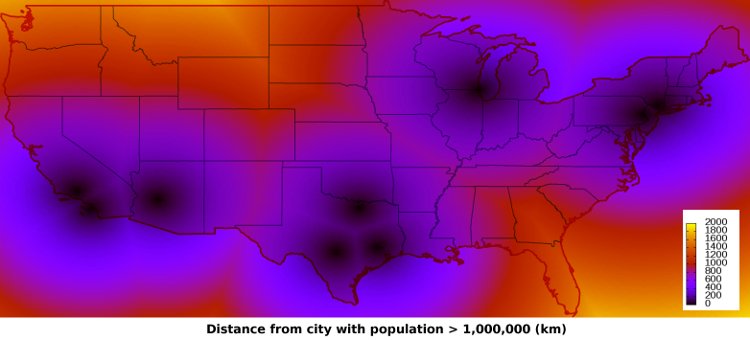I usually find blog rants useless, but sometimes something is just so
annoying one is sufficiently inspired. Today I went with my parents to
buy them a Tivo at Harvey Norman, Norwest, Castle Hill, NSW, Australia.
I am a big Tivo fan; the interface is good and it "just works". I don't
mind paying for (or in this recommending paying for) good products.
After selecting the Tivo model, I asked for a HDMI cable. The salesman
made a series of questions about what sort of HD TV it was being plugged
into; I quickly sensed this as a probe to see what sort of suckers we
were, and requested just a "normal" cable.
At this point, he insisted on a $130 (you guessed it) Monster cable,
and had the audacity to say that we didn't need one of the really
expensive cables because our TV wasn't good enough! I openly expressed
my concern, but the annoying high-pressure sales pitch had just begun.
The amount of, frankly, crap that he spewed about 4-bit this, 10-bit
that, legislating of labels, DA signal levels, mythical customers who
regretted buying the cheap cables and who knows what else was to the
point of being comical if it weren't so insistent and said with such
seeming authority.
There is only one thing that matters - if the cable has passed the
functional requirements for being certified to have the distinctive HDMI
logo plastered on it. From the HDMI
FAQ:
- What testing is required?
Prior to mass producing or distributing any Licensed Product or
component that claims compliance with the HDMI Specification (or
allowing someone else to do such activities), each Adopter must test
a representative sample for HDMI compliance. First, the Adopter must
self test as specified in the then-current HDMI Compliance Test
Specification. The HDMI Compliance Test Specification provides a
suite of testing procedures, and establishes certain minimum
requirements specifying how each HDMI Adopter should test Licensed
Products for conformance to the HDMI Specification.
Now, I can understand that if you buy any old HDMI cable off Ebay for
$1, it may be a knock-off that uses the HDMI logo illegally. But there
is no way that the certified $50 Philips cable (still very over-priced,
but at least not insane, and discounted to $35) performs any differently
to some overpriced Monster model certified to exactly the same standard.
The thing that annoyed me most was his analogy to buying a tyre. He
stated that "if you walked up to a tyre salesman and I said don't want
the Pirelli's, just put the cheap-o tires on my Ferrari" I'd be insane,
and thus by extension of that logic I was insane for not buying a
Monster cable for my great new Tivo.
This analogy is completely flawed and really just dishonest. A Ferrari
is much more powerful and goes much faster than a standard car. It is
plausible it needs a better engineered tyre to perform adequately given
the additional stresses it undergoes. A Tivo doesn't put out any more or
any less bits than any other HDMI certified equipment, no matter what
you do. If the cable is certified as getting all the bits to the other
end under whatever environmental conditions specified by the HDMI
people, then it's going to work for the 99% of people with normal
requirements.
Nobody wants to make a significant investment in a piece of audio-visual
equipment and feel they are getting something that isn't optimal. Harvey
Norman's use of this understandable consumer sentiment to sell
ridiculously over-priced cables that do nothing is extremely
disappointing.
I'm sure the commissions on these things encourage this behaviour, so it
is useless expecting the retailer or individual sales assistant to
change their policy to recommend reasonably priced cables. However, it
is really Tivo and other manufacturers who get the raw end of this deal;
a $130 cable is over 20% of the price the actual Tivo! That is surely
affecting people's purchasing decisions.
If Tivo and others included a certified HDMI cable with their device, as
they do with component cables, and had "Certified HDMI 1.3 cable
included" plastered on the box, it would be a harder sell to explain why
the manufacturer would bother shipping a certified cable that is
supposedly insufficient, and consumers would hopefully avoid the very
distasteful high-pressure theatrics I was subjected to today.
Update: I have removed my description of the individual salesman in
the title. Singling someone out invites ad hominem attacks and I have no
interest in providing a forum for or perpetuating any such thing.
If it's one salesman, it's a thousand. To reiterate my main point,
manufacturers must surely be annoyed that they participate in price wars
with each other only to have their margins taken by a gold-plated
optical cable company. I believe it is really up to them to get the
information into their own market so it can operate efficiently.
